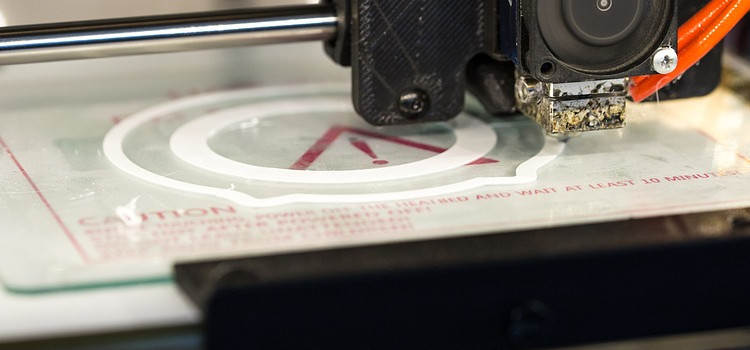Are you trying to decide when to use raft or brim in your 3d prints? Keep reading to find out the difference!
Contents
Let’s start with learning what each of these terms is.
What Is A Raft in 3D Printing?
A raft is created when it is necessary to adhere the edges of building layers to a flat surface. It can be thought of as a separate piece of material that has been formed on top and below in order to provide support. The support can consist of pillars or rectangles but it is also possible for more intricate shapes if your printer has the capability.
Rafts are designed to isolate and cleanse under-printing from the 3D print. They’re usually made of a different material than that which is used for printing. Rafts are also used in 3D printing as a support structure for intricate objects which would otherwise collapse or sag without some form of support.
What Is A Brim in 3D Printing?
A brim is a type of object in 3D printing, also known as a ‘support structure’. Brims are used when printing objects with overhanging features, such as those that need to be overhanging. They have been available for several years in the 3D printing industry and are vital to creating objects such as plant pots, statues, or trinkets.
They’re available in three different types:
- Round Brim (also referred to as a round bottom): This is the most common type of brim. It features flat edges that follow the contours of your object and also has a flat underside so it doesn’t warp. The stem is also curved to match the shape of your object.
- Arch Brim (also referred to as an arched bottom): This type is used to support objects with overhangs of up to 50 degrees. The curvature of the stem varies from the flat bottom ones, which tend to have stems that are larger in diameter than smaller ones.
- Straight Brim: Used when you need your object to have a base, but don’t want any support on either side. This is for when your object needs no overhanging features and a flat edge or bottom will suffice.
When To Use A Raft In 3D Printing
A raft is used most often when an object being printed requires supports or to have the support material removed after printing. Rafts are often used in conjunction with a brim.
For example, consider a model of an engine with internal combustion chambers. These chambers require support and can’t be printed directly without the use of supports. A brim could hold up these components while being printed, but would collapse by itself after the print was complete. The raft is used to hold up the component while it gets built layer by layer.
When To Use A Brim In 3D Printing
A brim is used most often when an object being printed requires no post-processing. The support material can be easily removed after the printing process is completed. Brims are also used in conjunction with a raft.
For example, consider a complex model that doesn’t require supports for printing, such as a small figurine or bust of a person. The use of supports can be eliminated by using a raft to help support the object as it is being built layer by layer.
It is very important to know which of these two essential components will be required in any print project. In both cases, a raft or brim is used in conjunction with support material for post-printing purposes.
Conclusion
Overall, both a raft and brim are used for 3D printing support structures. Both can be designed as either round bottom or arch bottom.
The main difference is that a raft is used in conjunction with supports to hold up the object being printed while it is being built. A brim’s main purpose is to hold up overhangs without any need for supports. A raft or brim can also come in straight bottom form, which does not require any sort of support material at all.

